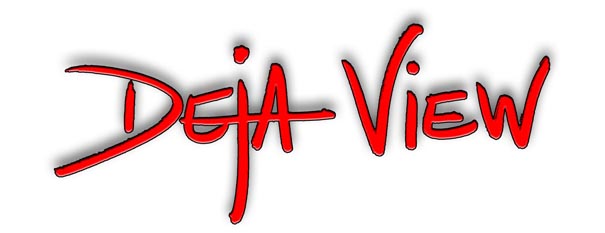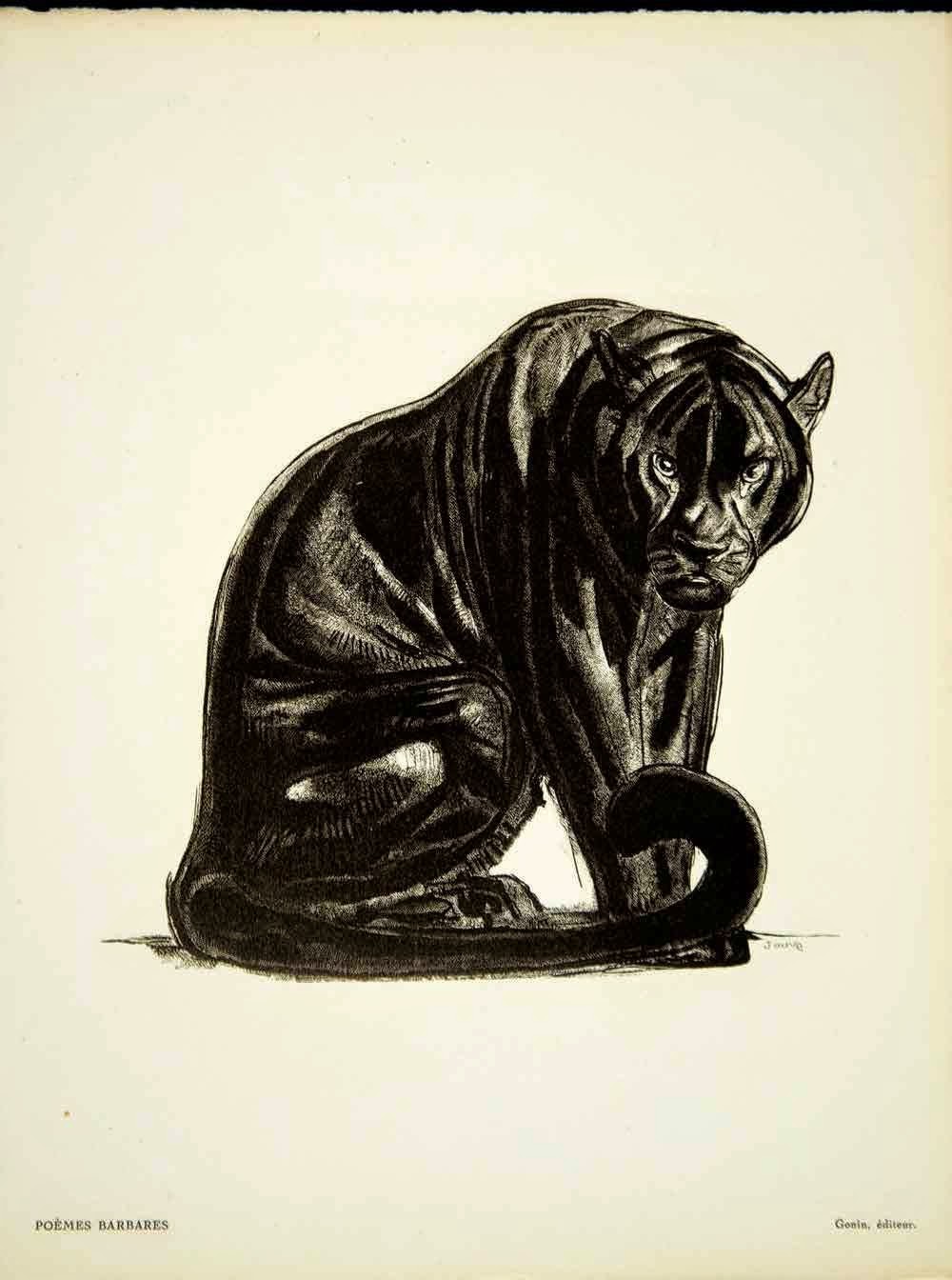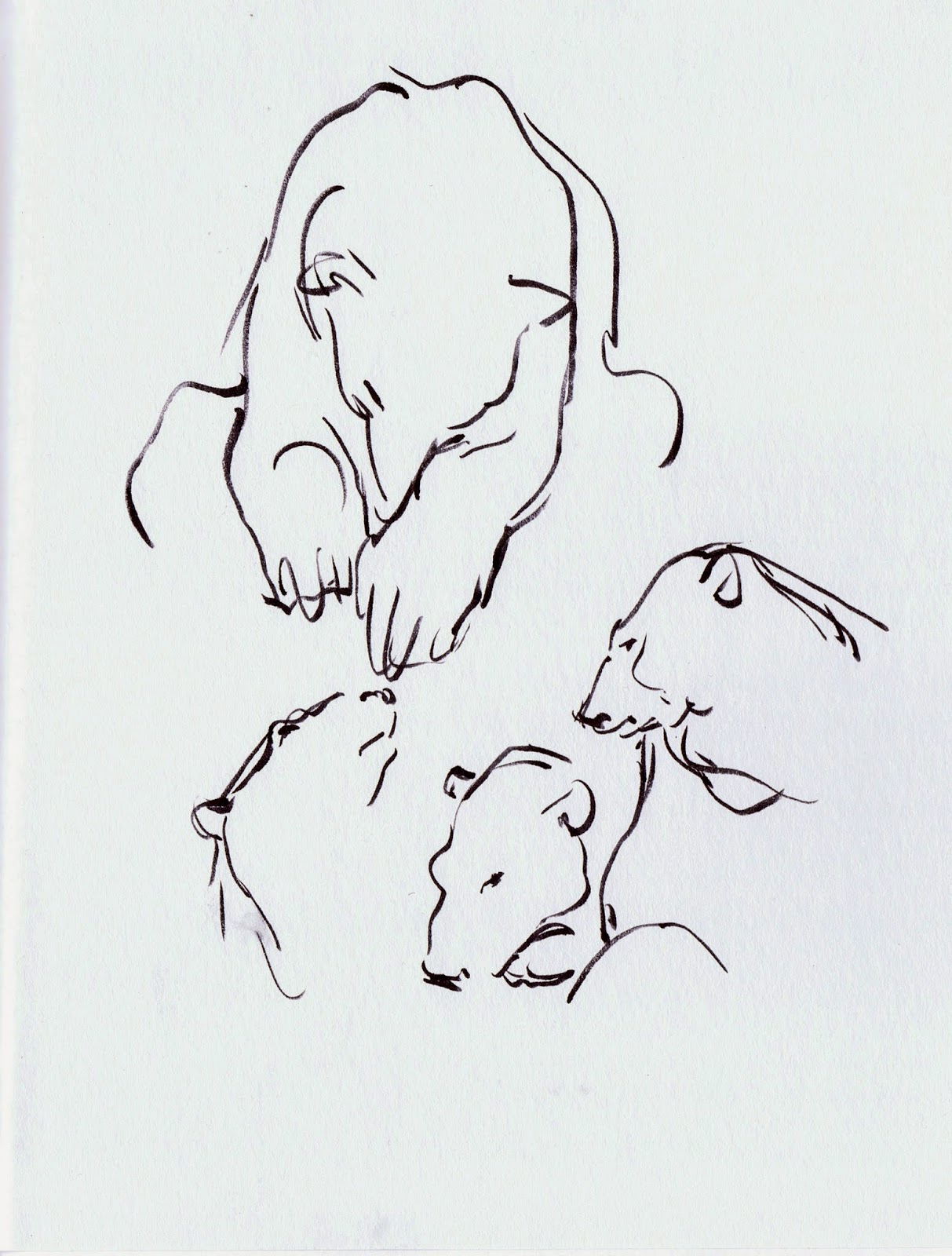He was an expert in depicting all animals, but I am particularly impressed with his big cats. They remain a constant reminder during my work on Mushka, that it is essential to capture the power as well as elegance and grace of these magnificent animals.
The image above is a book illustration showing Shere Khan, an Indian tiger. But his heavy, bulky body reminds me of the Siberian tiger I am dealing with in my film.
Jouve knows big cat anatomy like nobody's business, yet occasionally he does things like putting leopard spots on what is essentially a tiger drawing. Or he puts stripes on a cat that resembles a leopard. The main thing though is that he is a master when it comes to drawing or painting feline poses. A great source of inspiration for my film.
For my first post on Paul Jouve, go here:
http://andreasdeja.blogspot.com/2011/08/paul-jouve.html












































